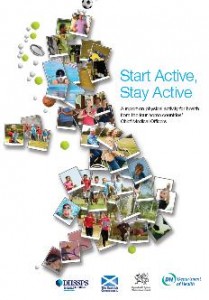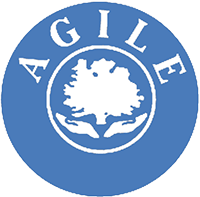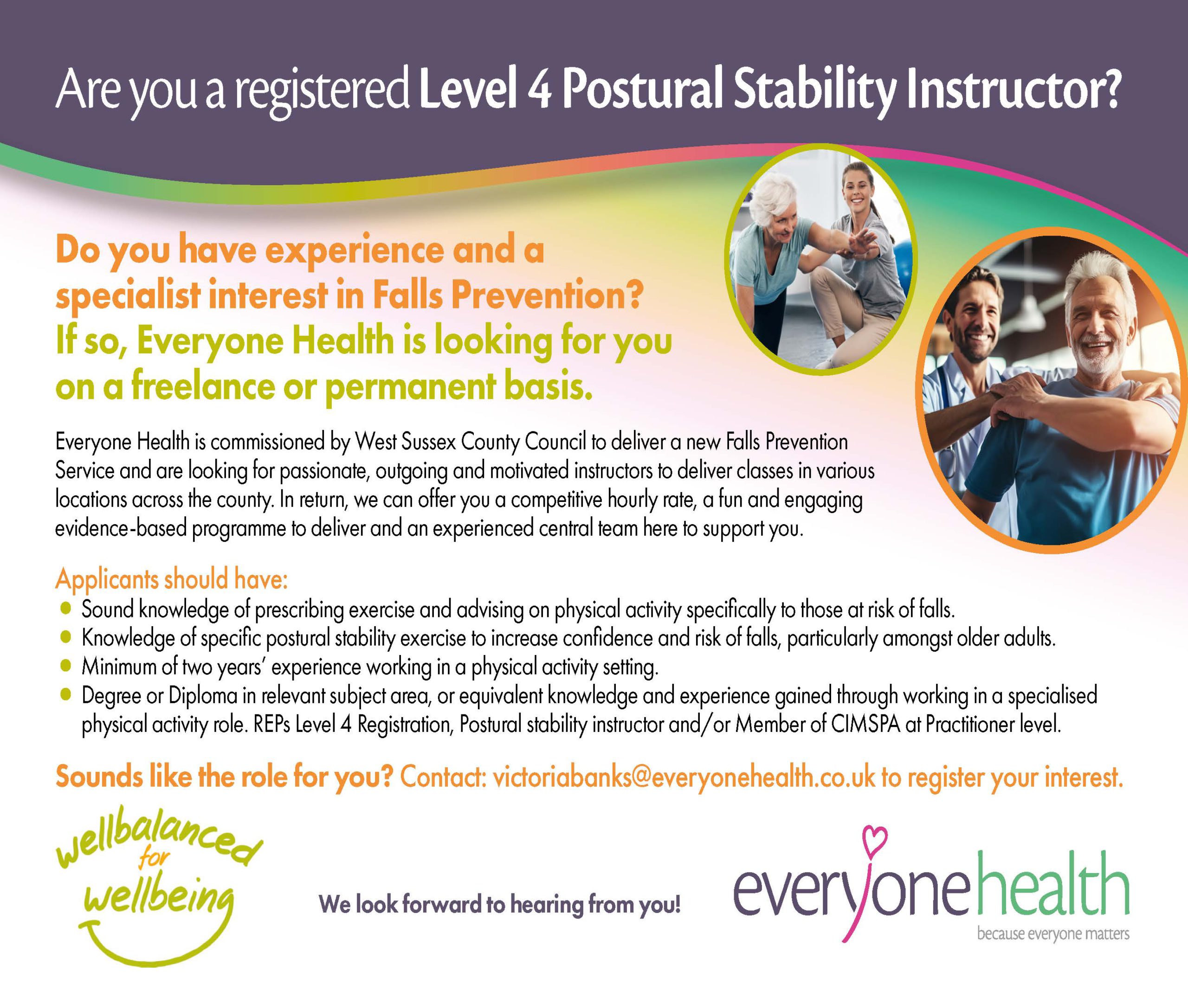 Start Active_Stay Active was launched today (11/07/11) by the four home counties’ Chief Medical Officers.
Start Active_Stay Active was launched today (11/07/11) by the four home counties’ Chief Medical Officers.
The document updates the existing guidelines for children, young people and adults but for the first time, includes guidance on physical activity in the early years and older adults. For all age groups, this guidance highlights the risks of Sedentary Behaviour.
This is an important step forward for effective services for older people. Even if people meet physical activity targets, if they sit for prolonged periods in between, they still have a higher risk of poor health. We must remember that nursing home residents spend 80-90% of their time sitting or lying down, rehabilitation wards often only manage to provide one daily dose of mobilisation and in between the patients sit or lie down for prolonged periods. What harm are we putting older people too by allowing ageist and outdated views that older people do not need (or want) to be as active as younger people?
 The guidelines for older people also now focus our attention wider than just thinking ’30 mins of moderate physical activity on at least 5 days of the week’. The importance of strength and balance exercise are now given appropriate attention in these public health guidelines.
The guidelines for older people also now focus our attention wider than just thinking ’30 mins of moderate physical activity on at least 5 days of the week’. The importance of strength and balance exercise are now given appropriate attention in these public health guidelines.
 There is also a recommendation to take part in activities that improve strength. Unfortunately, the Factsheet that is available to download, covering the guidelines for older people describe “chair aerobics” as an appropriate way of achieving the guidelines. As many of you are aware, chair based exercise can improve strength, but ONLY if equipment is used to add extra weight or resistance to ensure a muscle training response. Sit to stands can easily be done that do not progress the challenge of the task and therefore will not improve strength. If a chair based class uses resistance bands, ankle weights, wrist weights or free weights (and they increase the weight or resistance over time) then this is definitely a way to achieve the guidelines, but many chair based “gentle” activity classes do not have a strengthening component within them and so will not. The Technical Report , with its detailed Appendices, is far more accurate and explanatory.
There is also a recommendation to take part in activities that improve strength. Unfortunately, the Factsheet that is available to download, covering the guidelines for older people describe “chair aerobics” as an appropriate way of achieving the guidelines. As many of you are aware, chair based exercise can improve strength, but ONLY if equipment is used to add extra weight or resistance to ensure a muscle training response. Sit to stands can easily be done that do not progress the challenge of the task and therefore will not improve strength. If a chair based class uses resistance bands, ankle weights, wrist weights or free weights (and they increase the weight or resistance over time) then this is definitely a way to achieve the guidelines, but many chair based “gentle” activity classes do not have a strengthening component within them and so will not. The Technical Report , with its detailed Appendices, is far more accurate and explanatory.
However, on a more positive note, these new guidelines will, we hope, be a further lever for change in the new commissioning within England and those attempting to secure funding or maintain funding for their services that do help older people meet their potential, maintain independence and age actively.
More recently, infographics on the guidelines have been produced.



